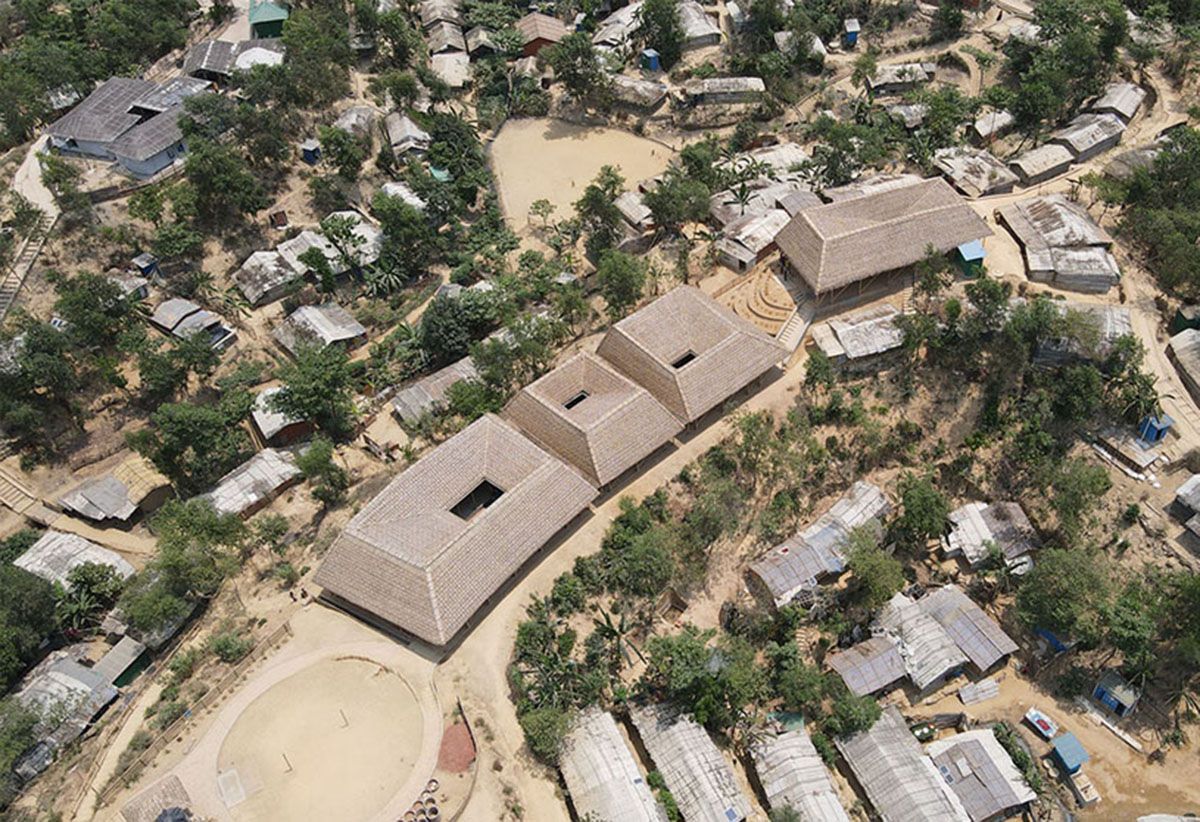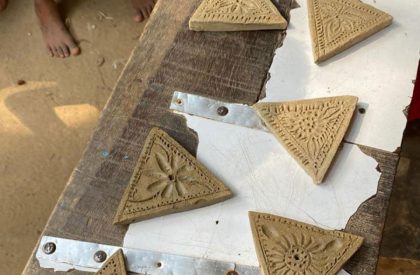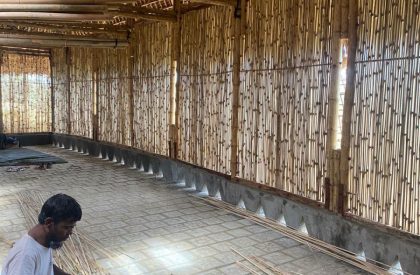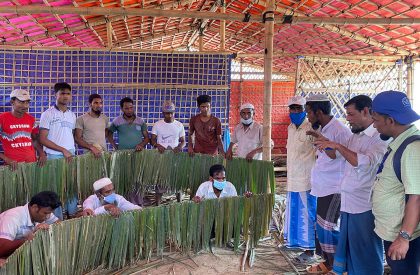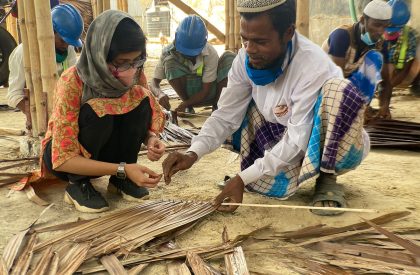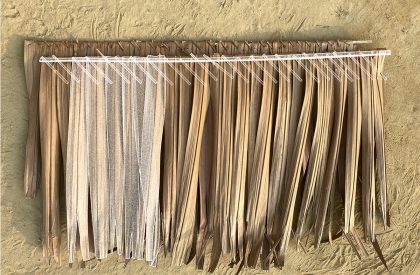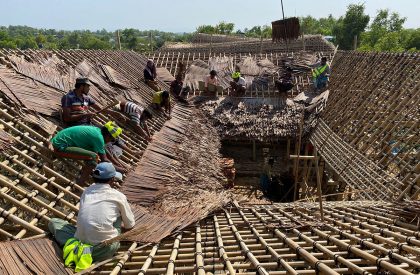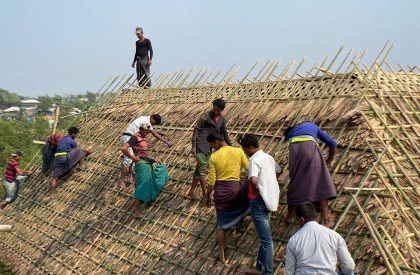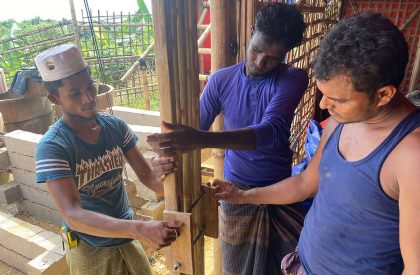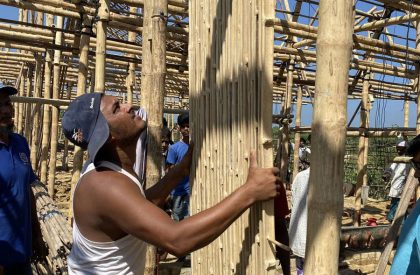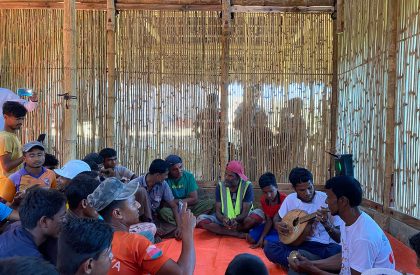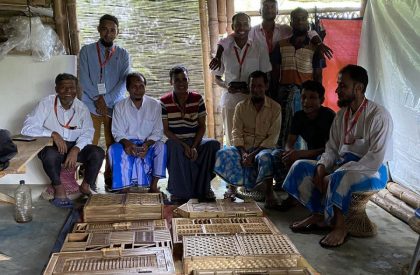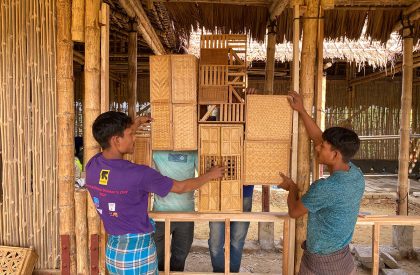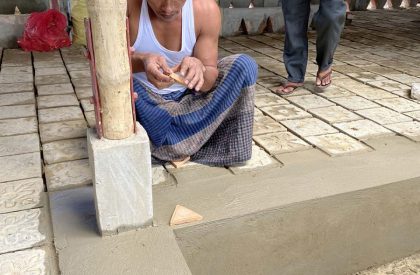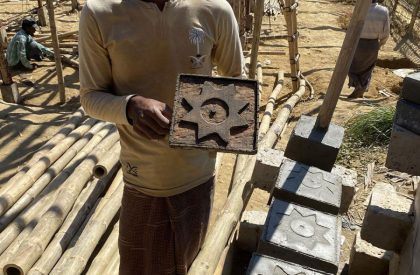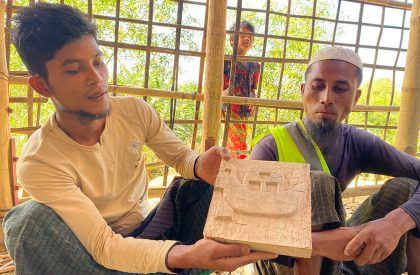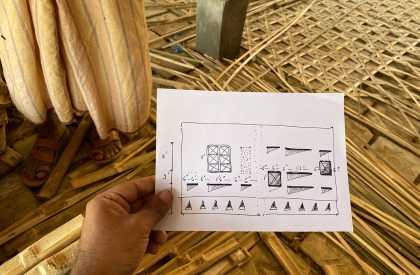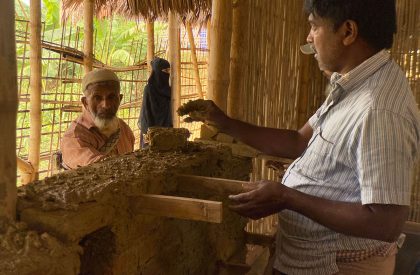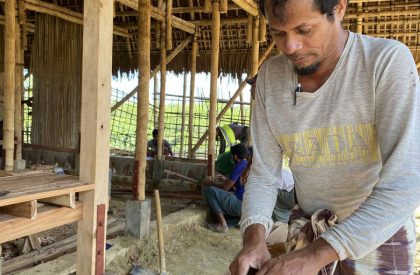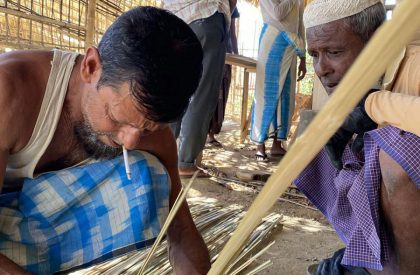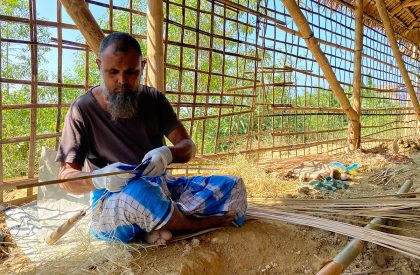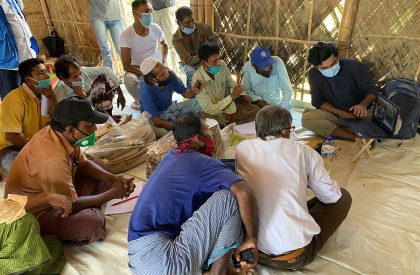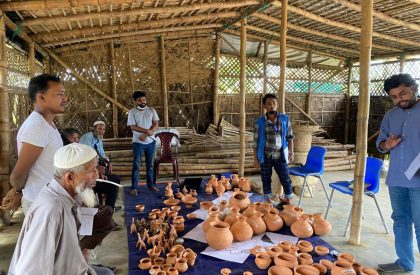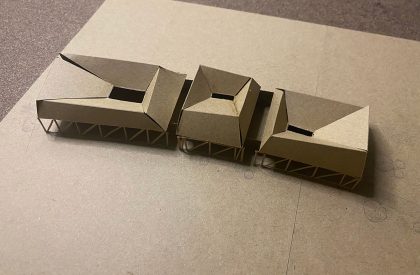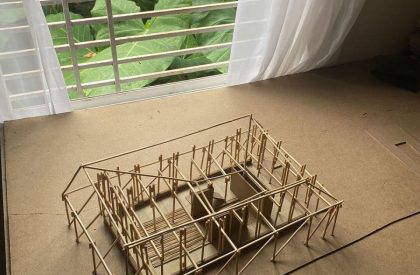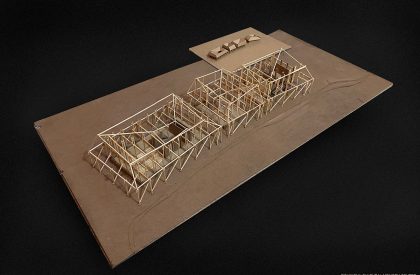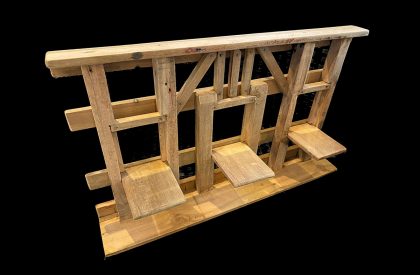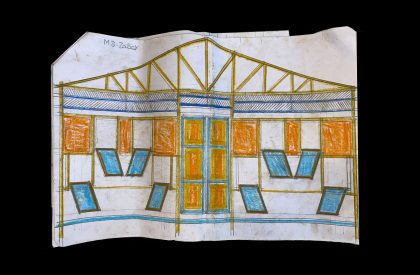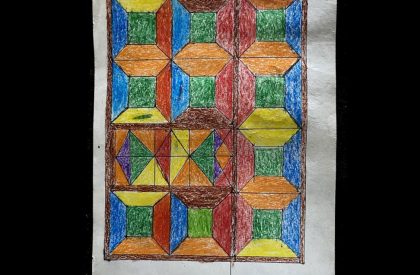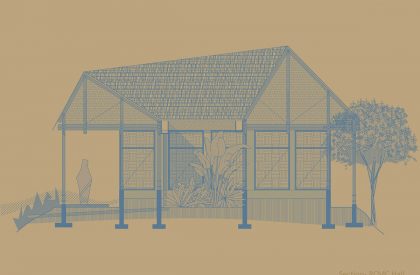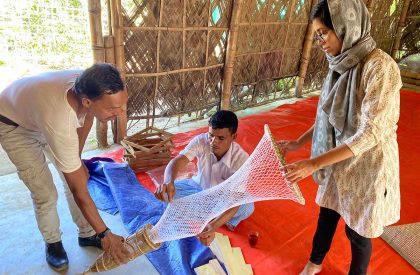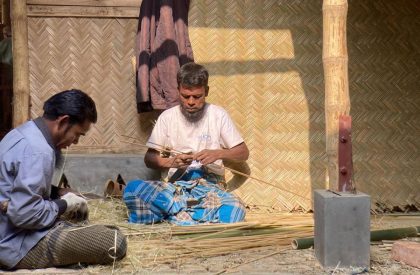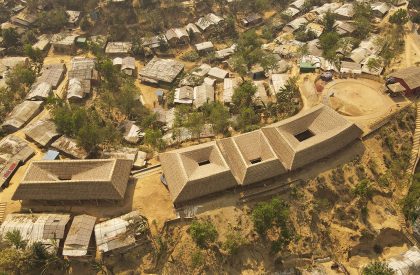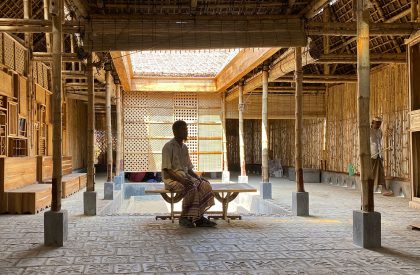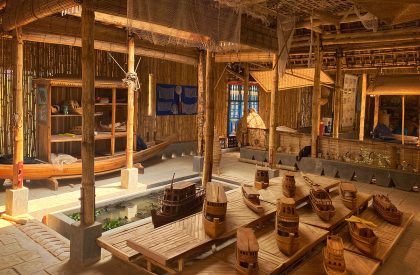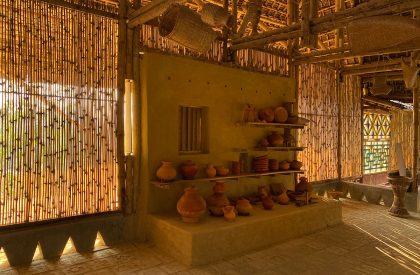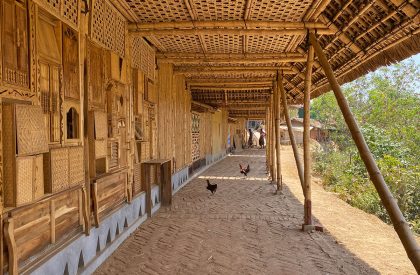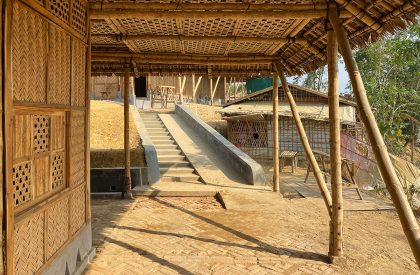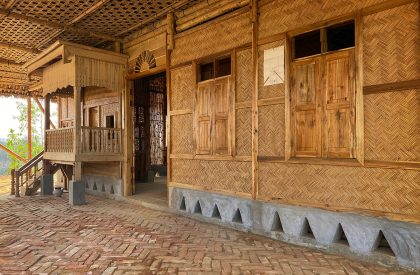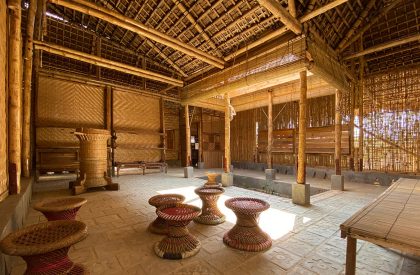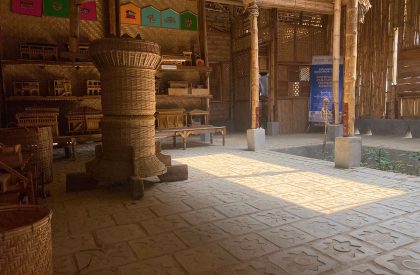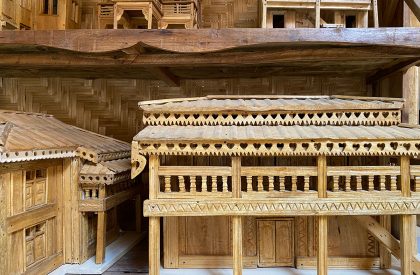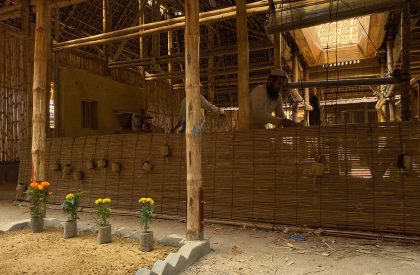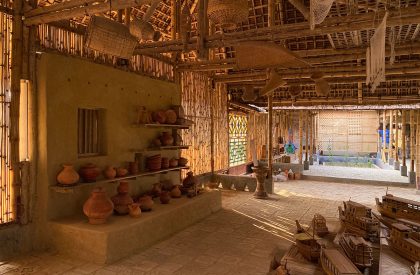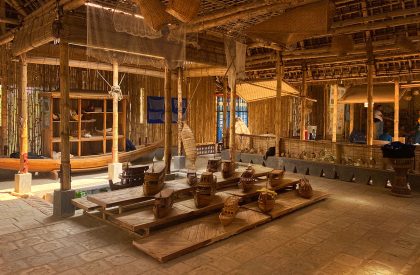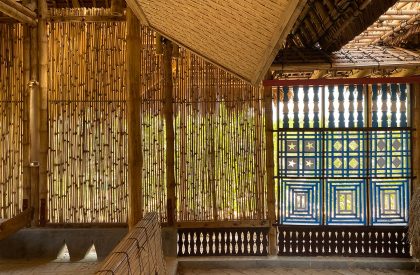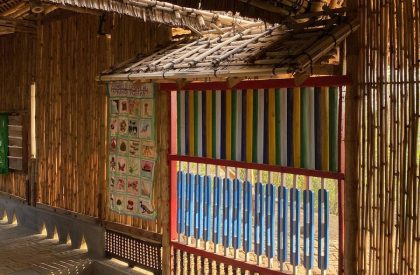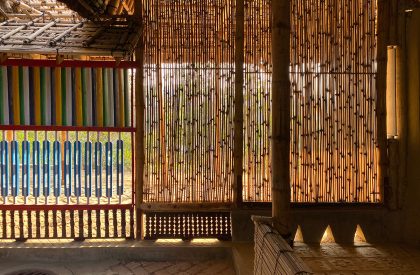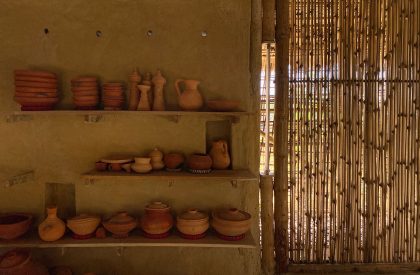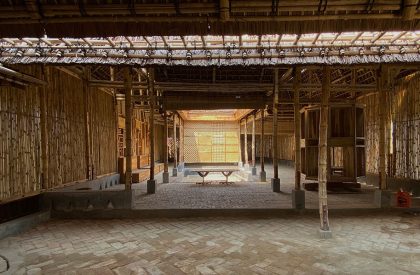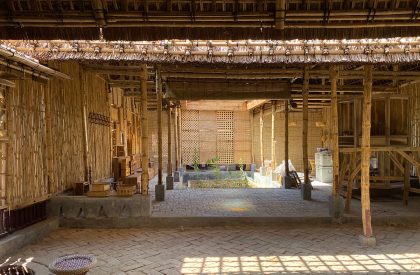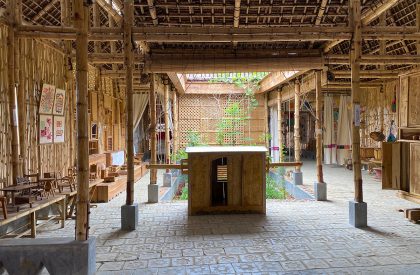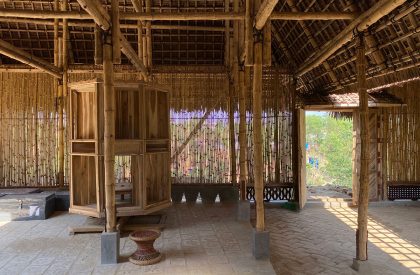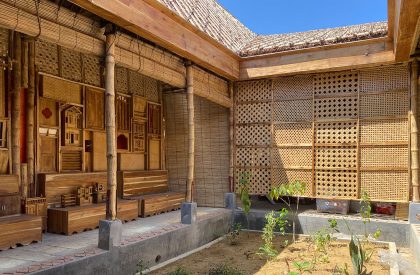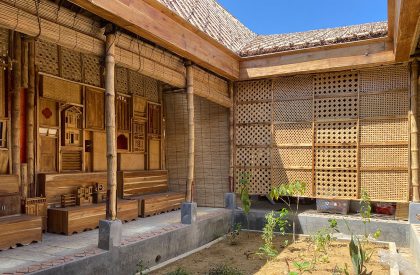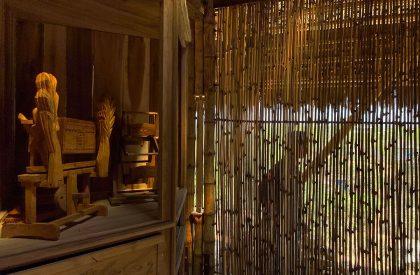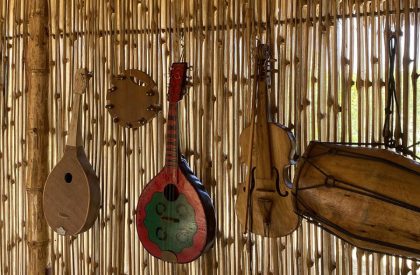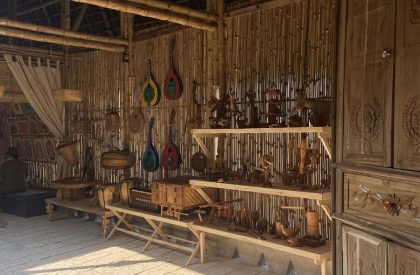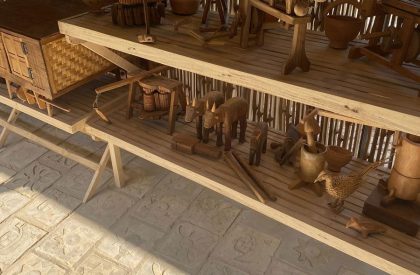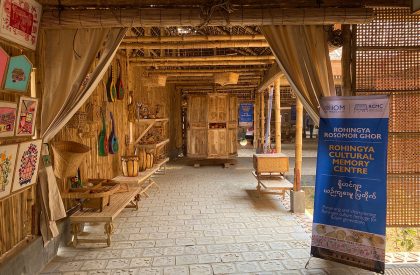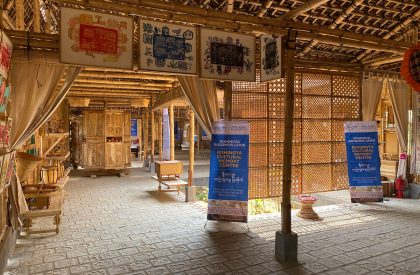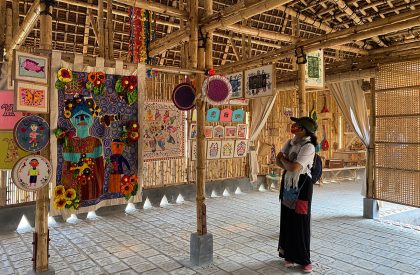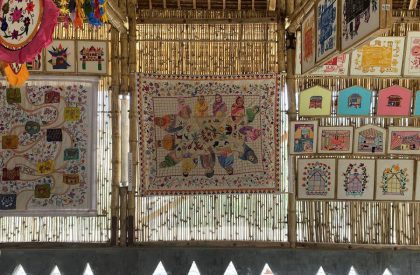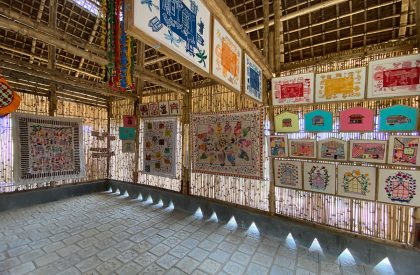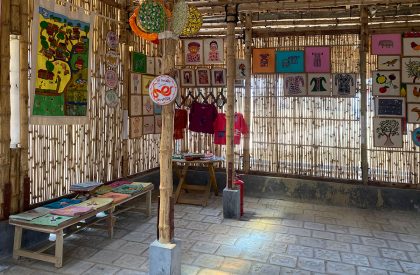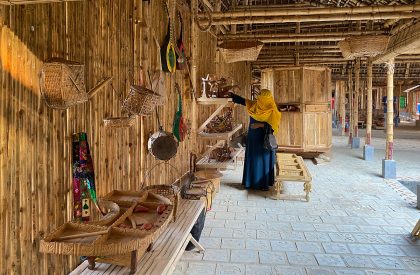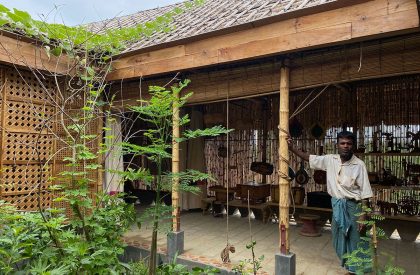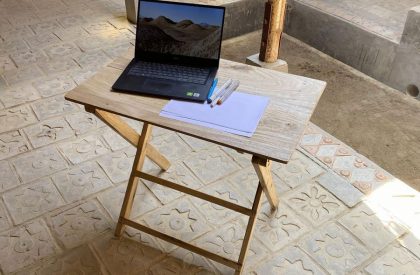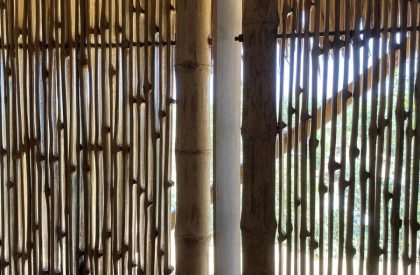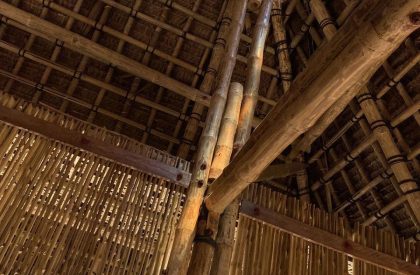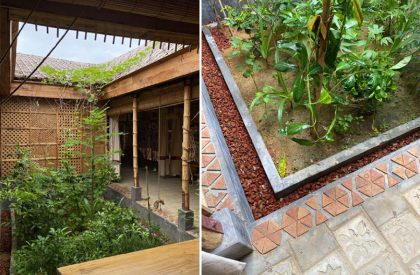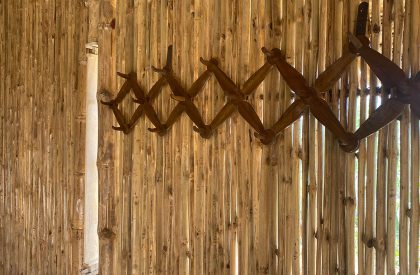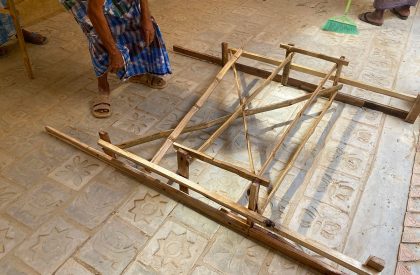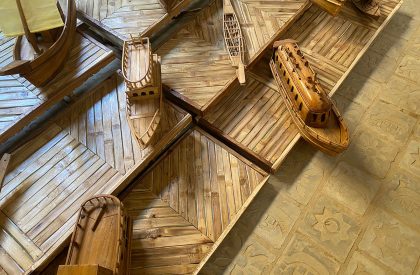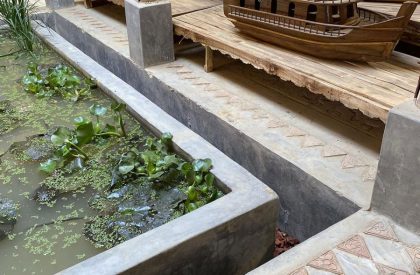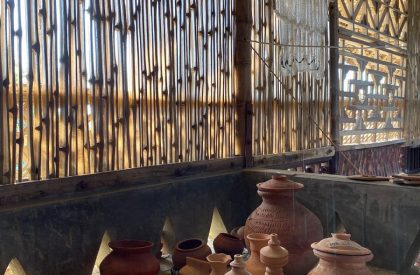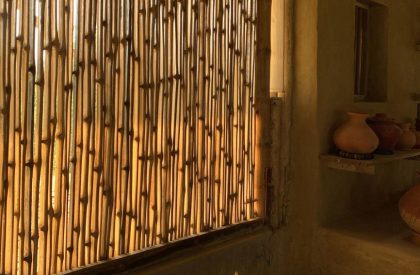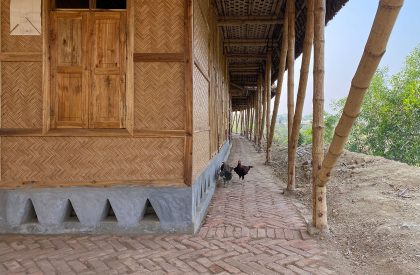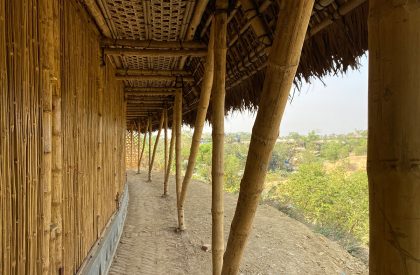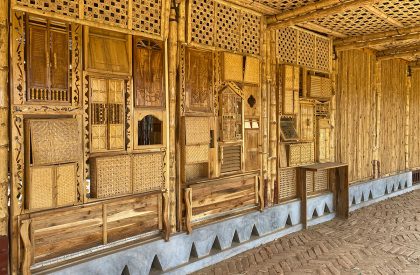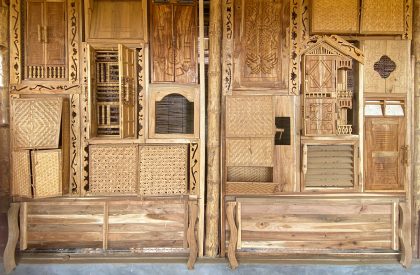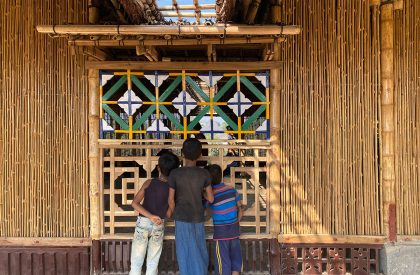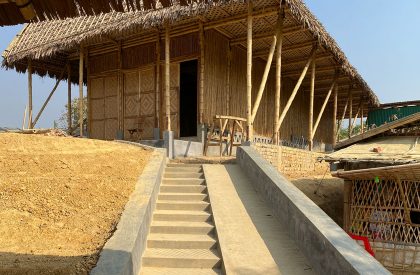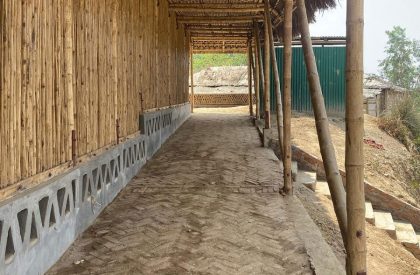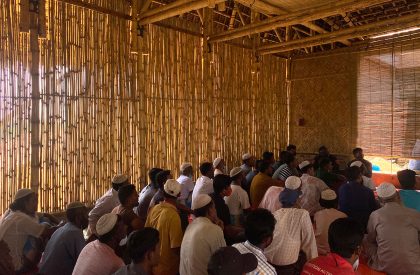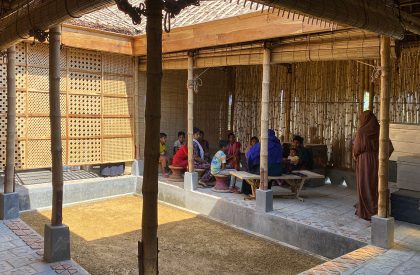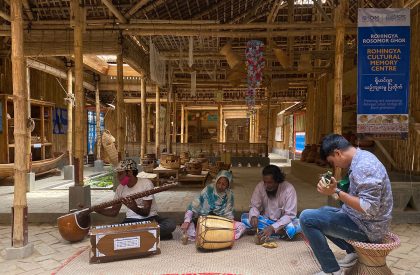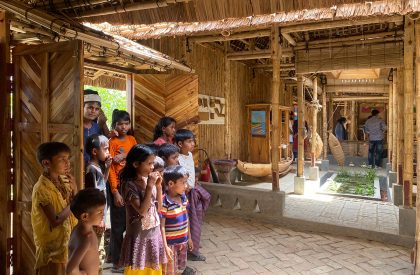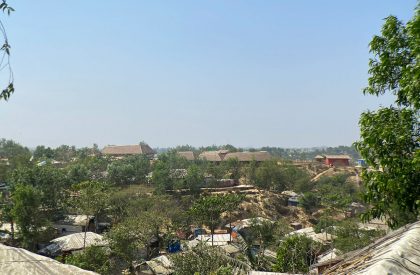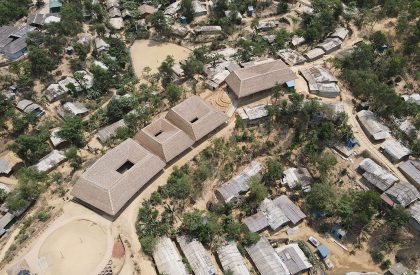Excerpt: Rohingya Cultural Memory Centre is a community space designed by the architect Rizvi Hassan. The building process itself tried to make sure of that from the beginning. To create stories and care that everyone can hold on to. It doesn’t try to create certainty but the strength of being in love again after the worst nightmares.
Project Description
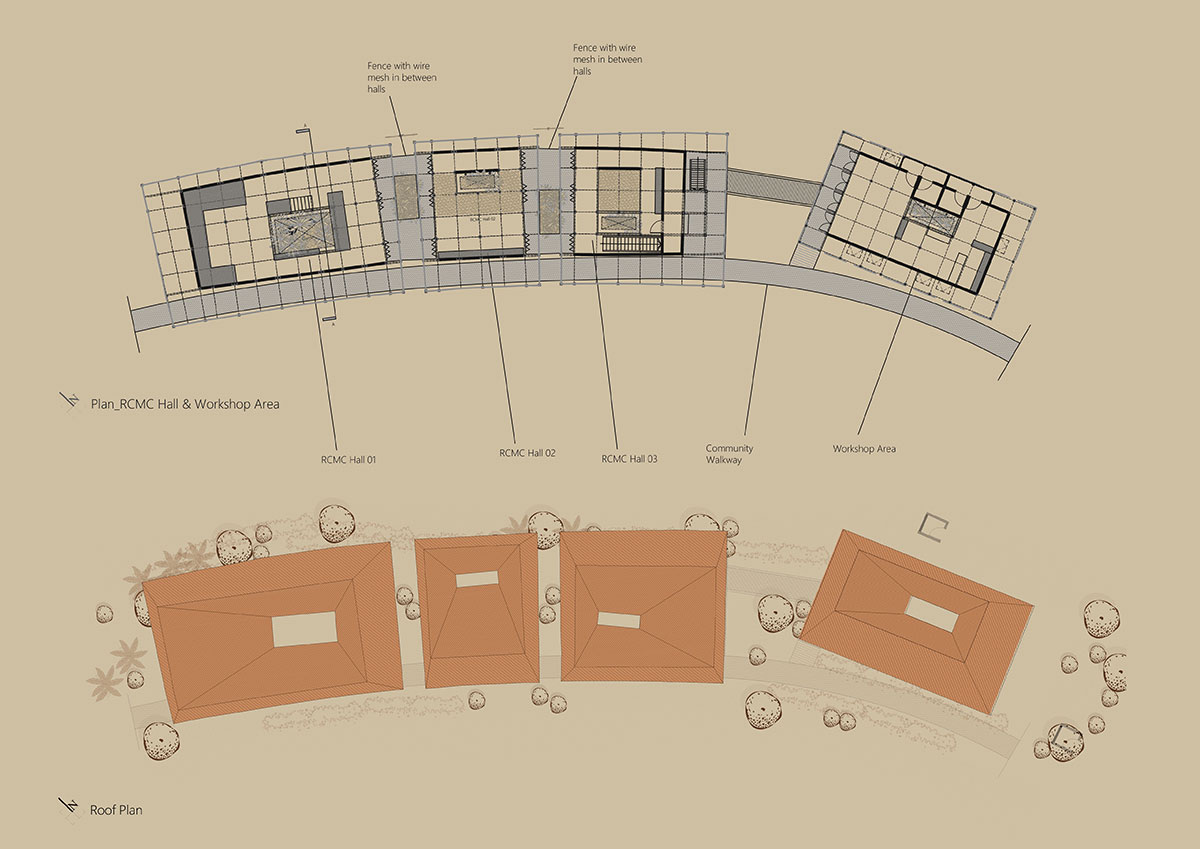
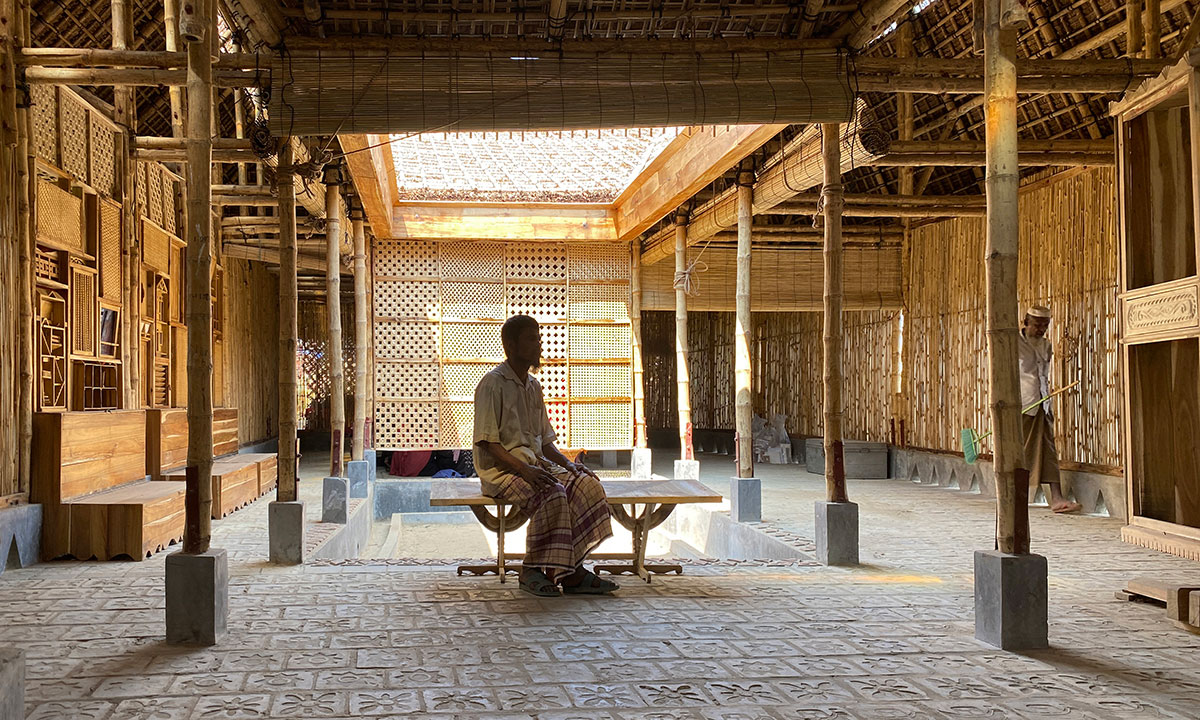
[Text as submitted by Architect] Rohingya Cultural Memory Centre tries to fight back for the lost identity of her community. And to fight for mental well-being through all the creative ways possible. Hold on to the good practices, not the evil ones that today’s world is filled with. The building process itself tried to make sure of that from the beginning. To create stories and care that everyone can hold on to. It doesn’t try to create certainty but the strength of being in love again after the worst nightmares.
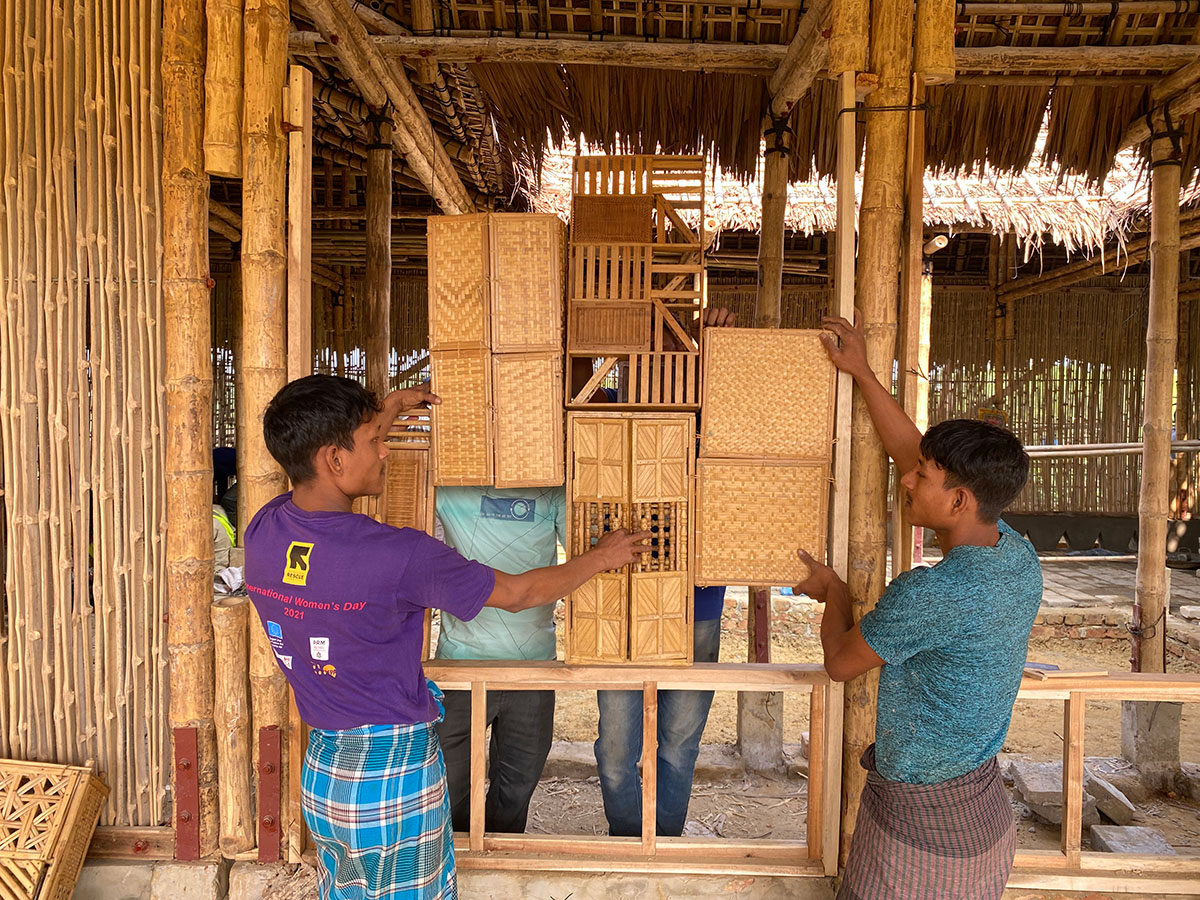
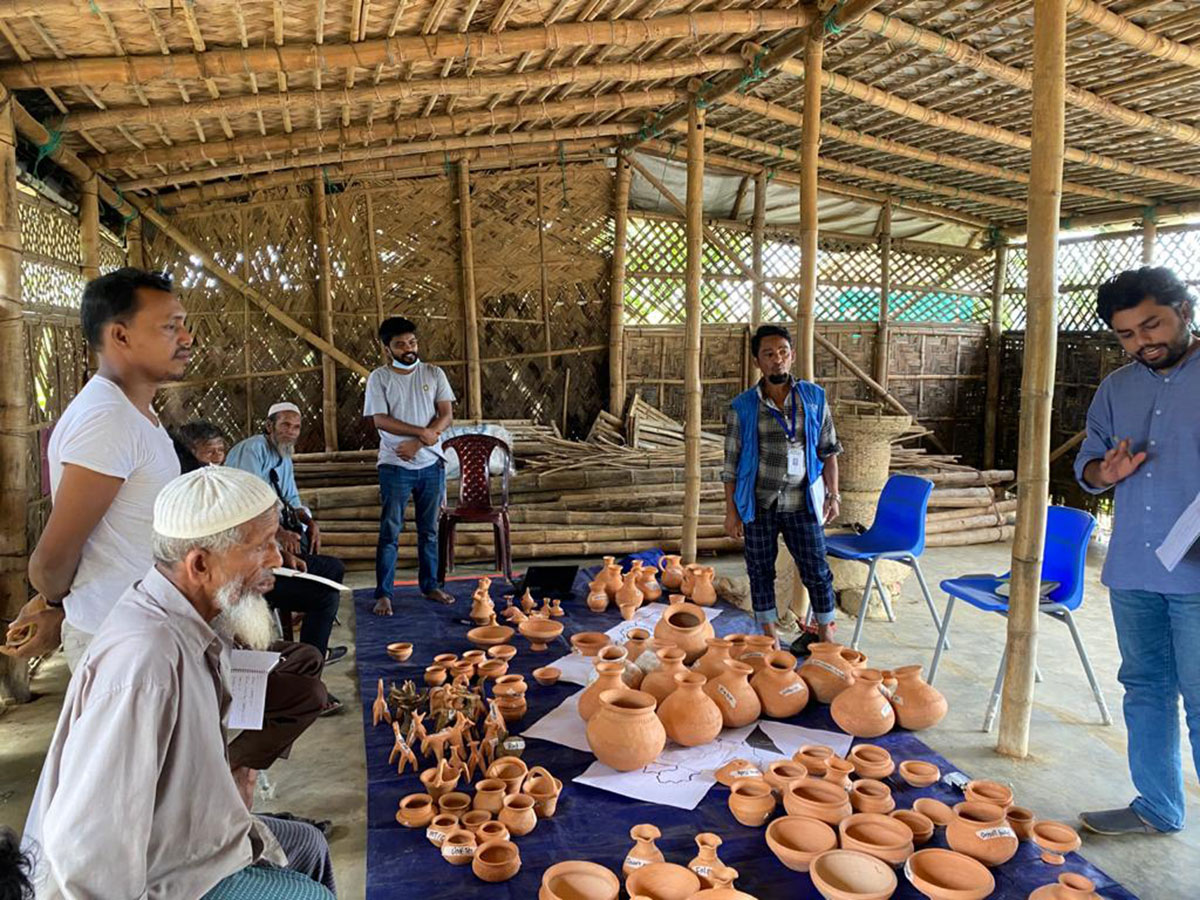
The Rohingya community has gone through changes & unsettlement throughout their lives. Being in the largest refugee camps, the current situation has added more uncertainty to their lifestyle, as it influences their culture & values. It is the ongoing events that will shape what they have.
Despite having the unsettlement, they have many stories, knowledge, and wisdom that create positivity and care. ‘Rohingya Cultural Memory Centre’ tries to collect, preserve and spread those knowledge & stories to generate goodwill among displaced communities even in the most unsettled situations.
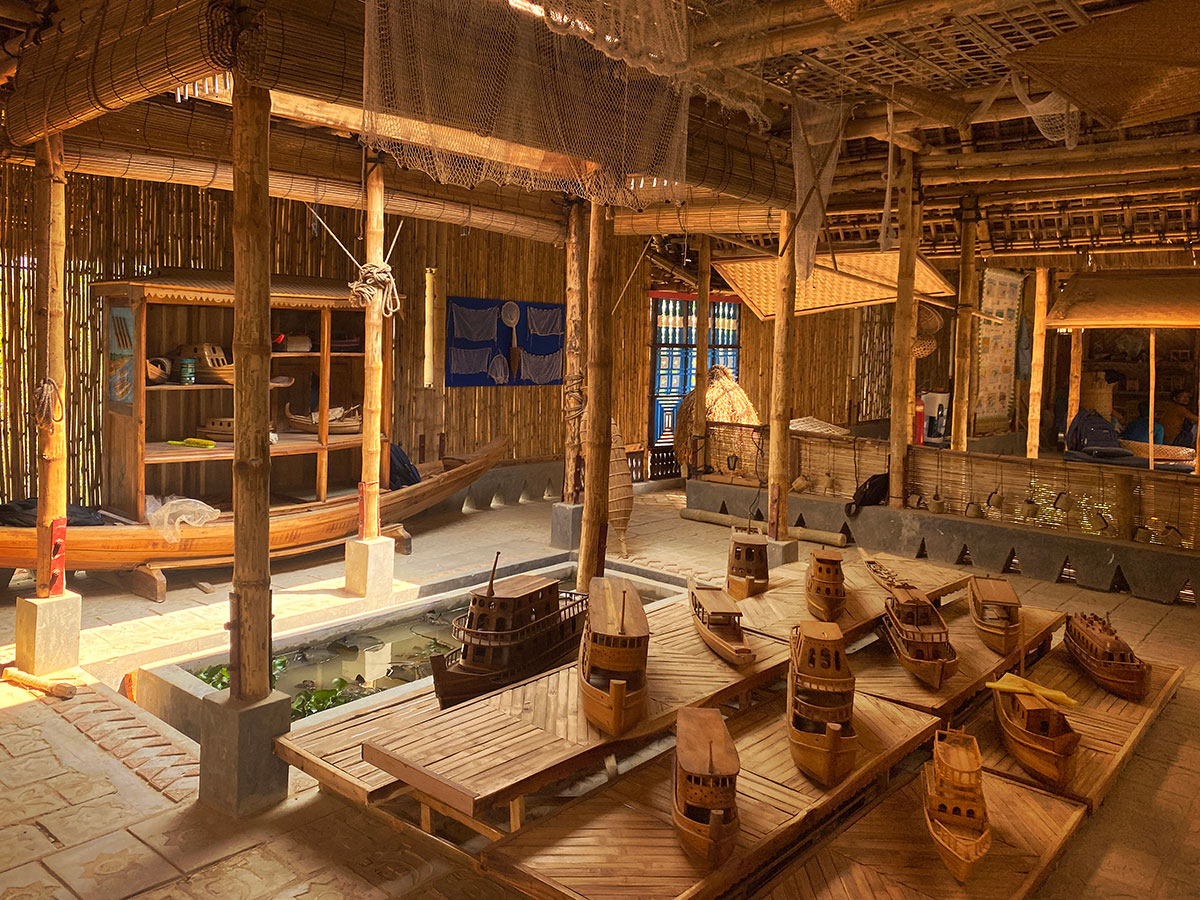
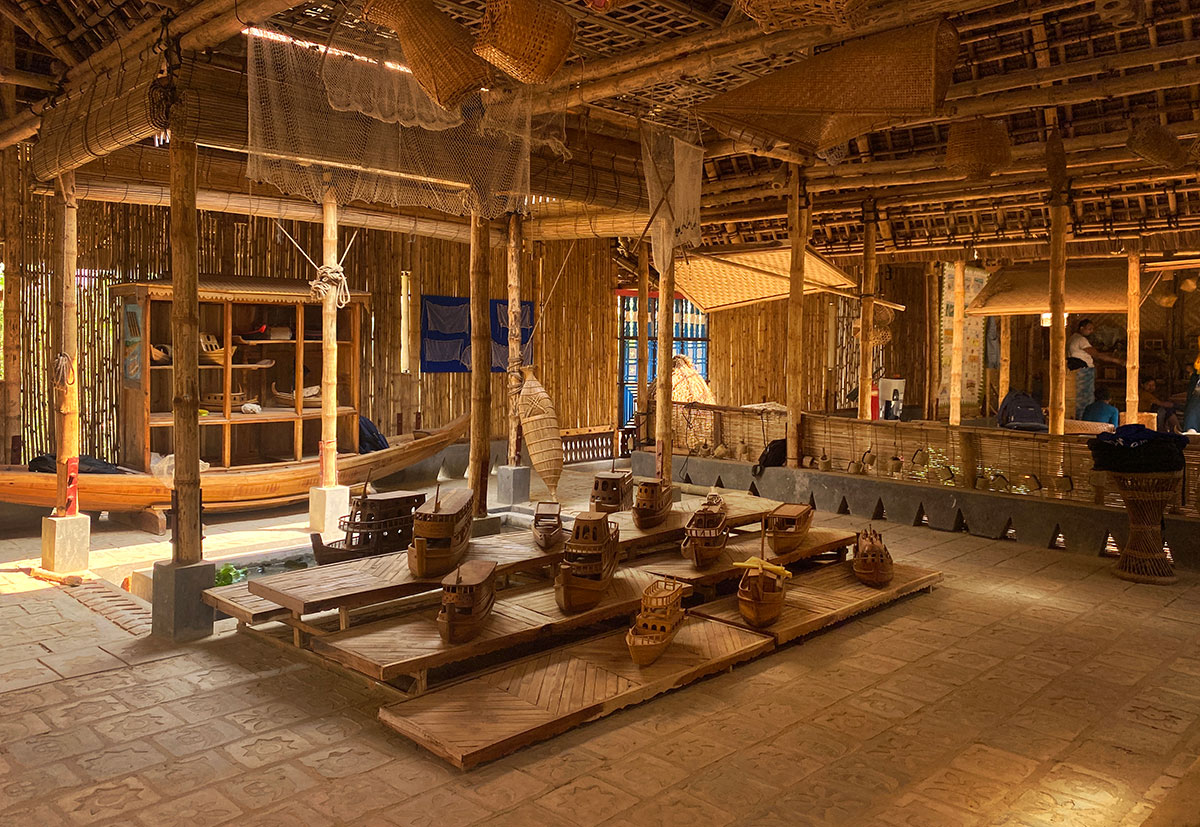
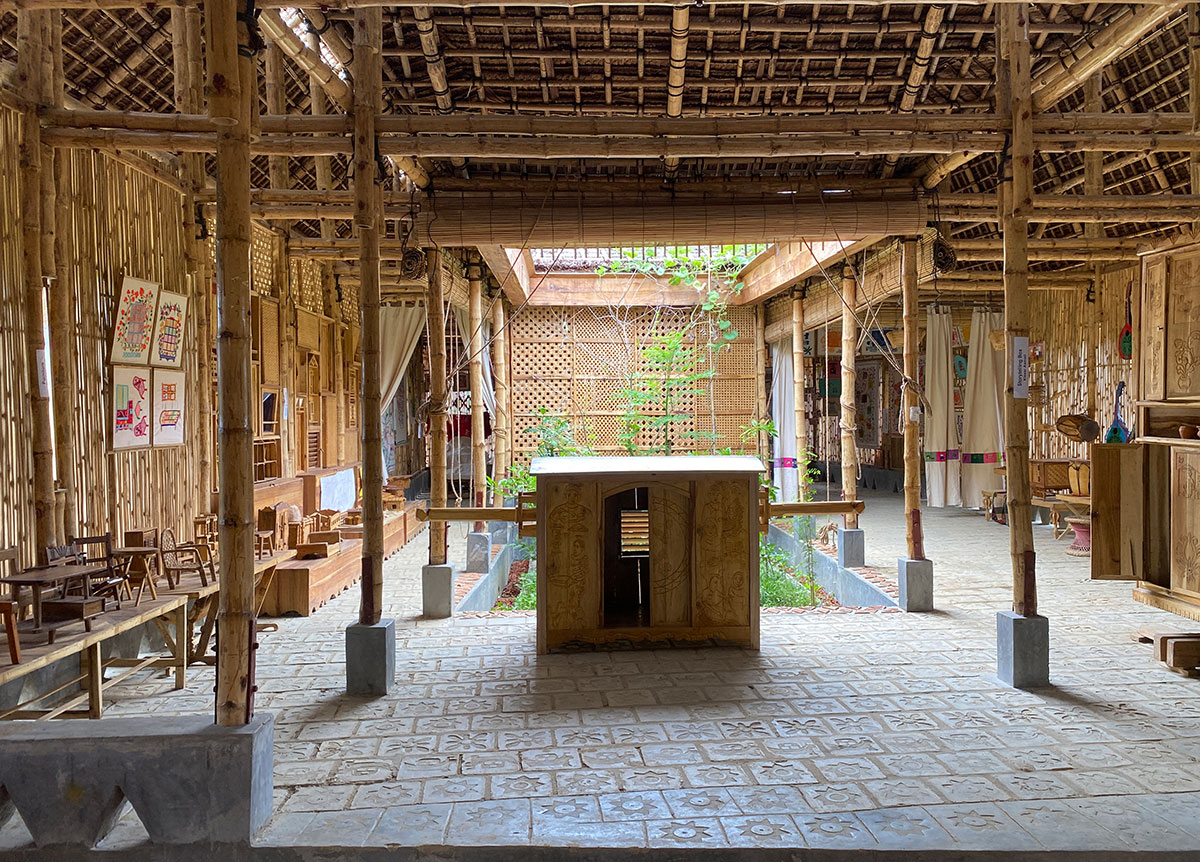
Rohingya artisans and community members came forward with their indigenous knowledge, techniques, ways of life and stories that helped visualize an appropriate approach for designing the space. Nipa palm leaf (om pata/gol pata) pallets for roofing, various bamboo weaving techniques, traditional doors-windows-household patterns, and other information resulted in a continuous process. The elderly artisans who had the expertise for years taught the young generations the methods they used to have. At the same time, the young Rohingya souls explored new possibilities.
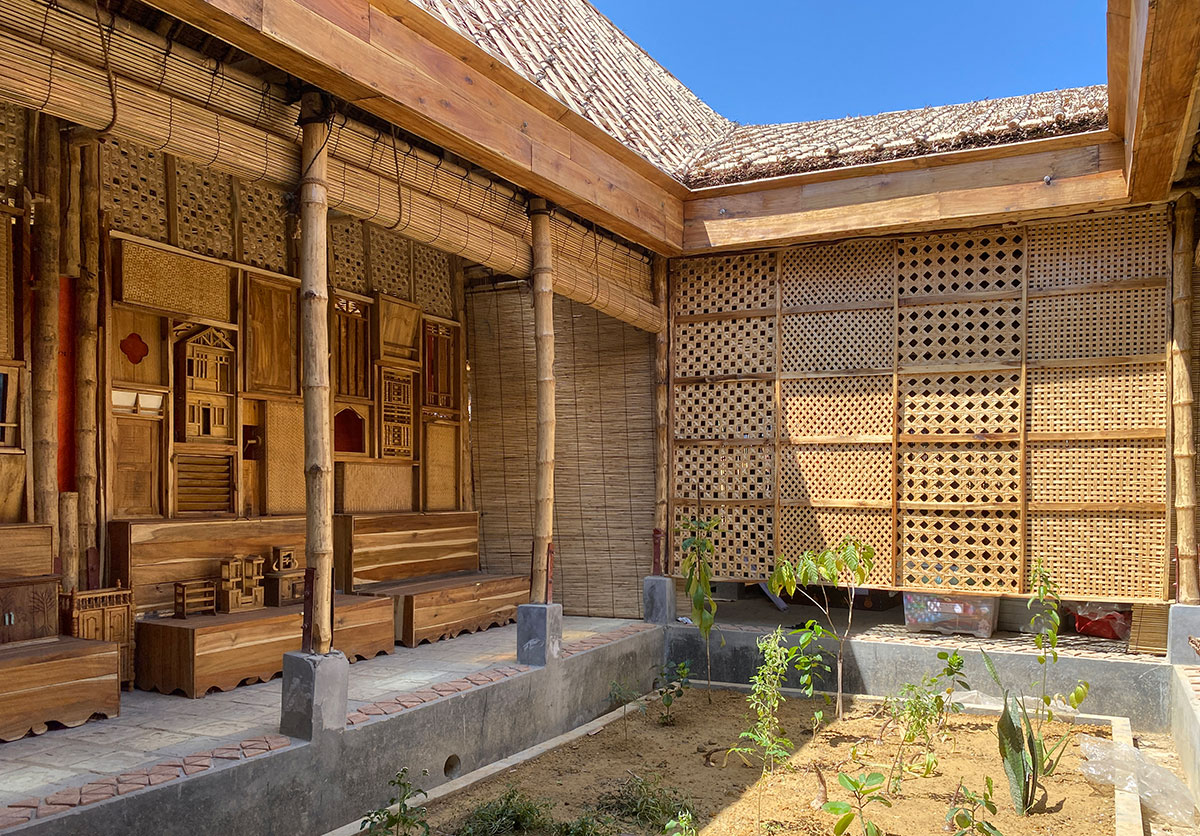
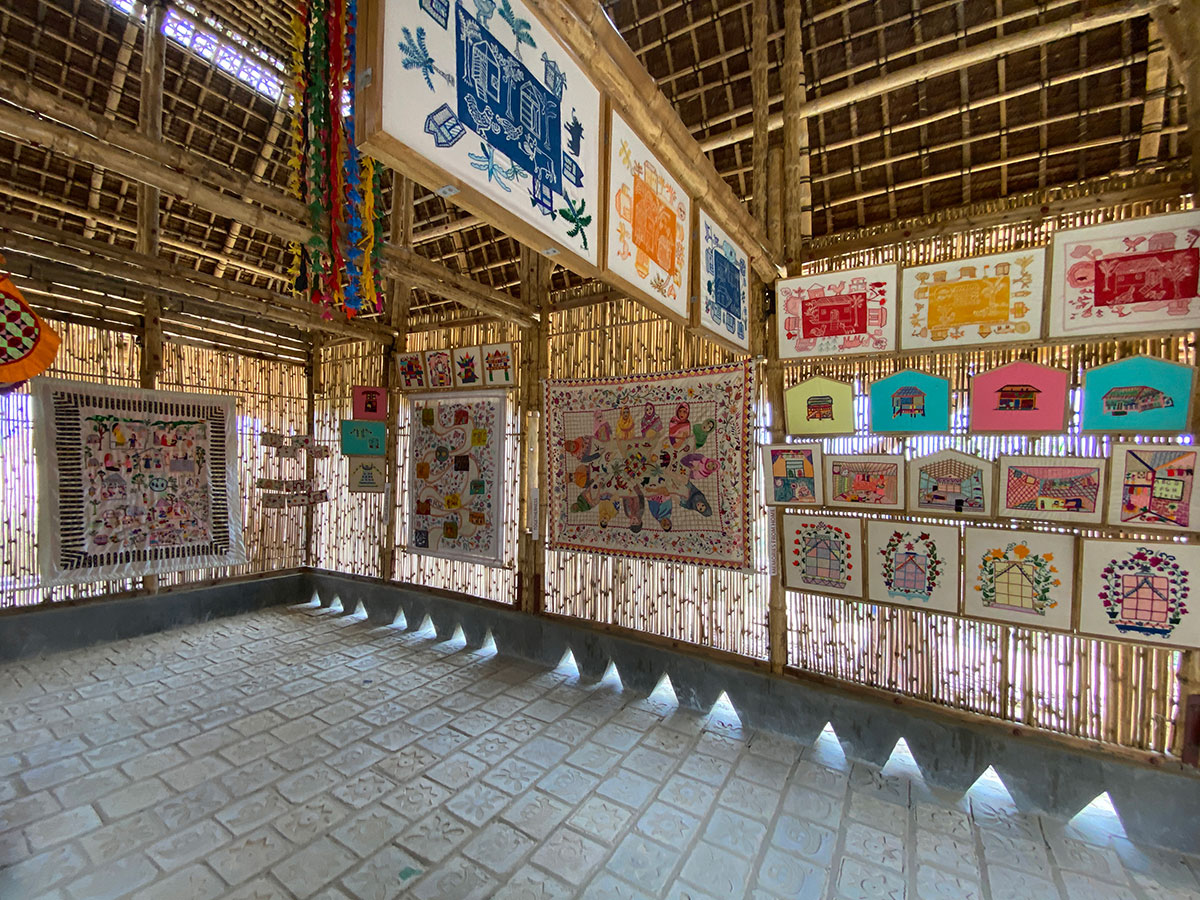
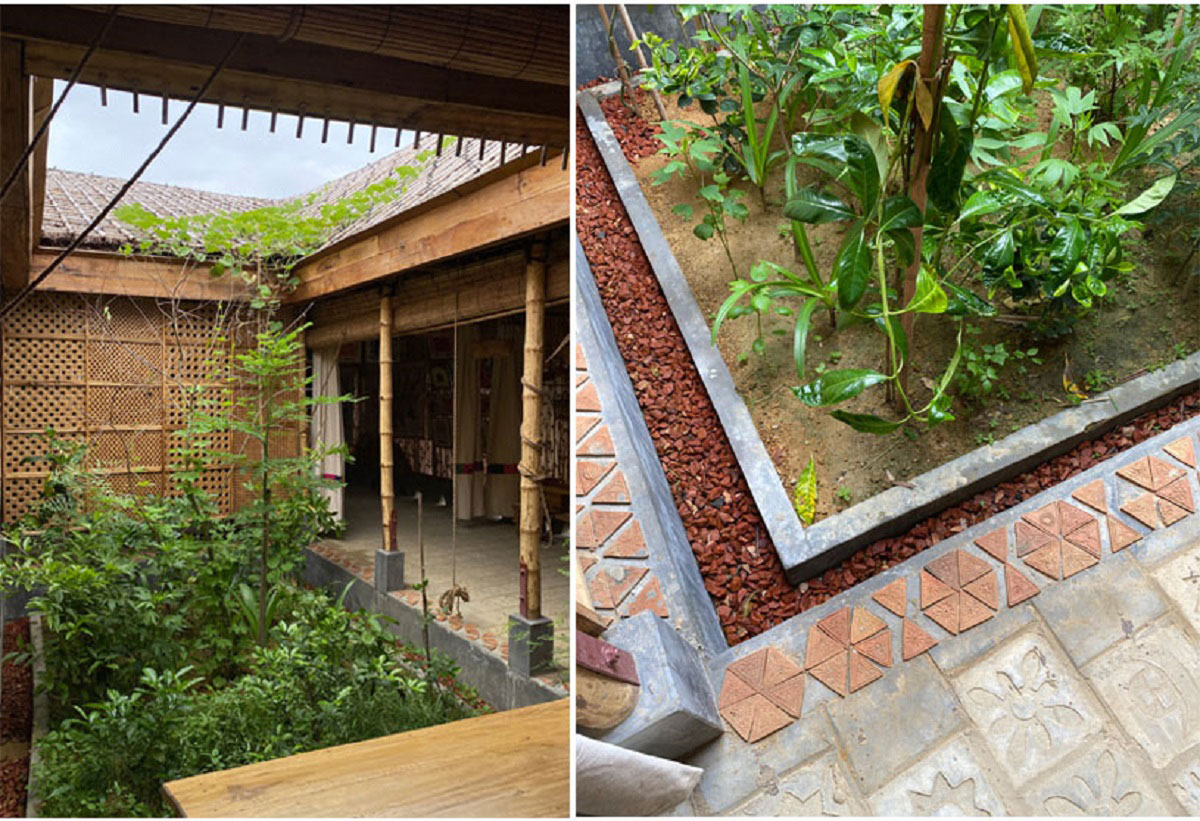
The elements that composed the space were the outcome of various design sessions and hands-on workshops. For example, artisans were asked to reflect on their favourite memory/story by designing a small window. Own houses, fishing, elephants, birds, paddy fields, and other memories were reflected and stand together in the centre, reflecting a sense of memory and togetherness.
Since this community has vast skills in natural materials, the materials were selected with caution to have familiar techniques during the construction. To achieve the target of inclusiveness and a joyful event, these raw materials created the scope to craft the building from scratch. Freedom of thinking and discussion was encouraged to ensure mental well-being during the construction process.
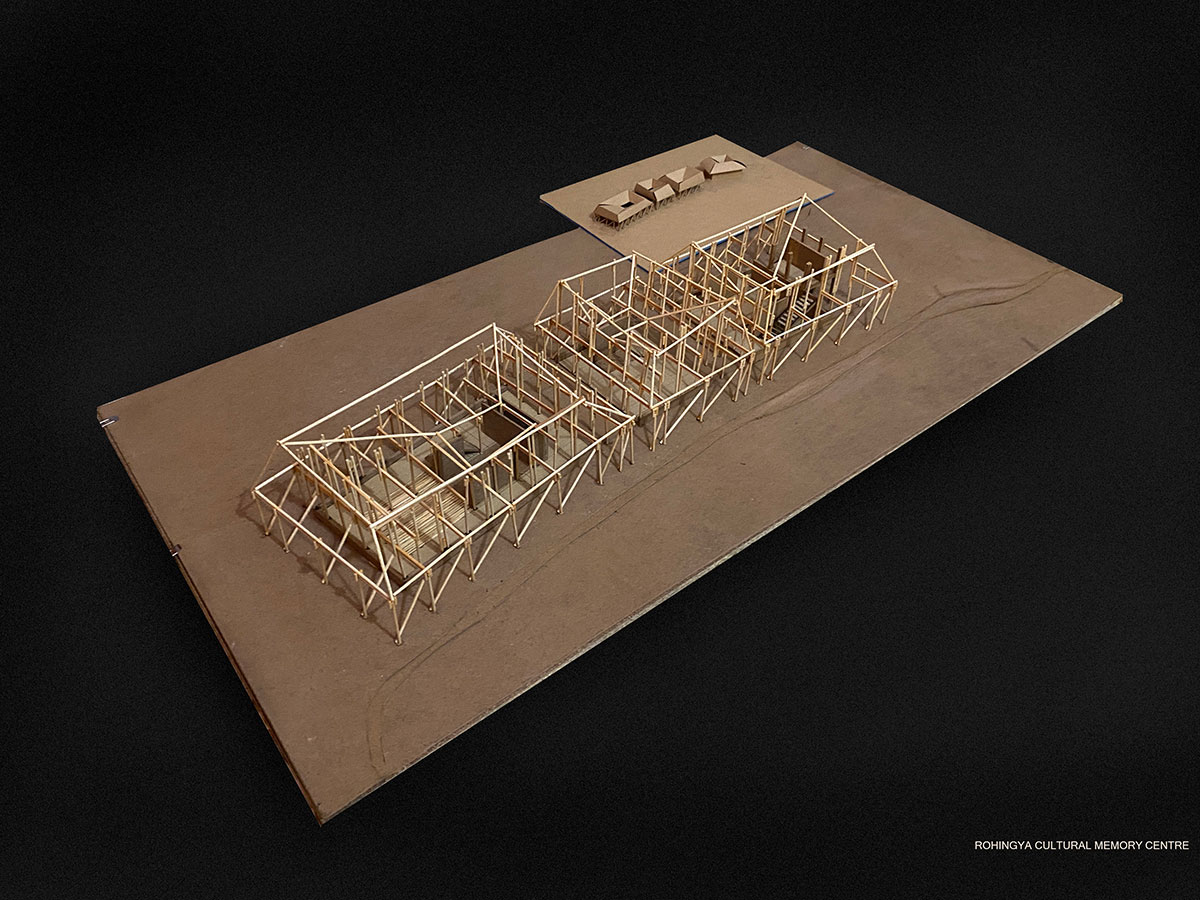
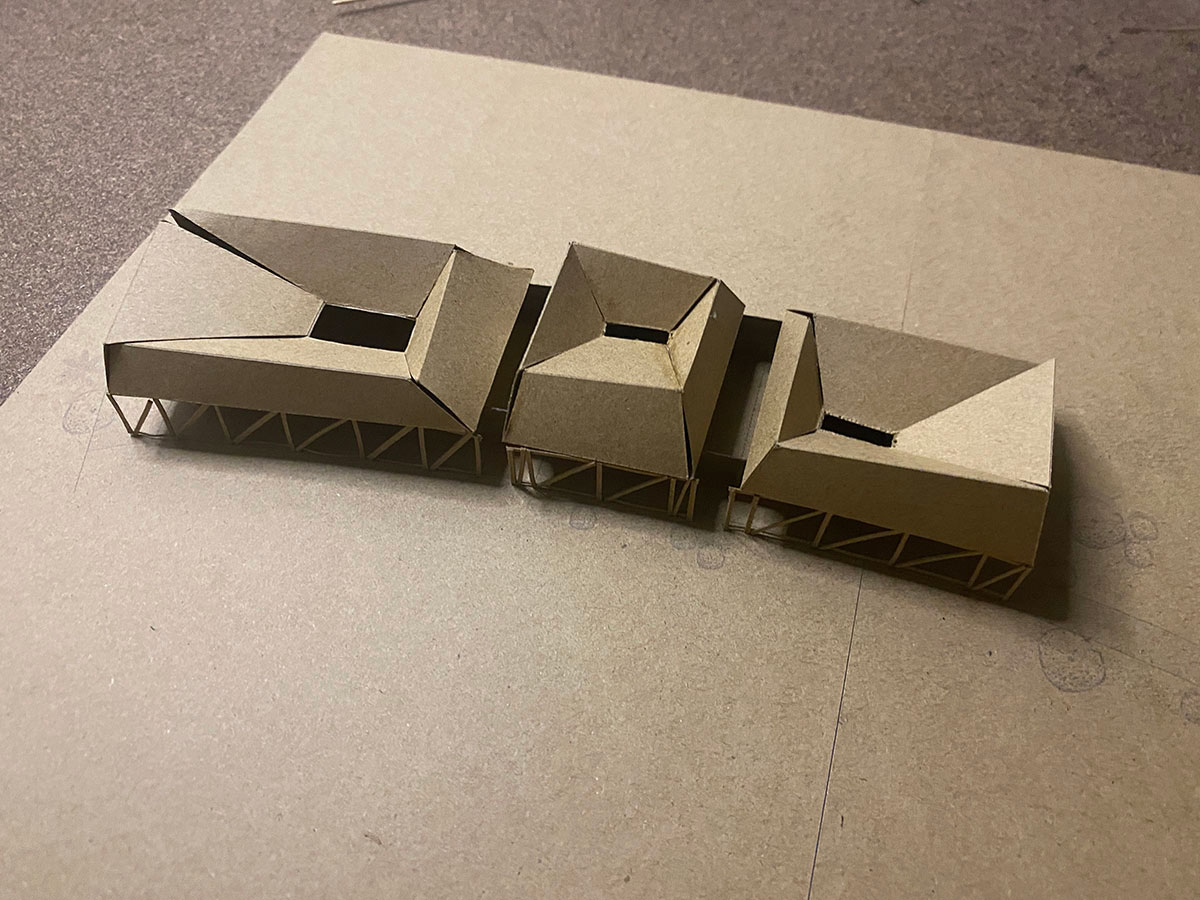
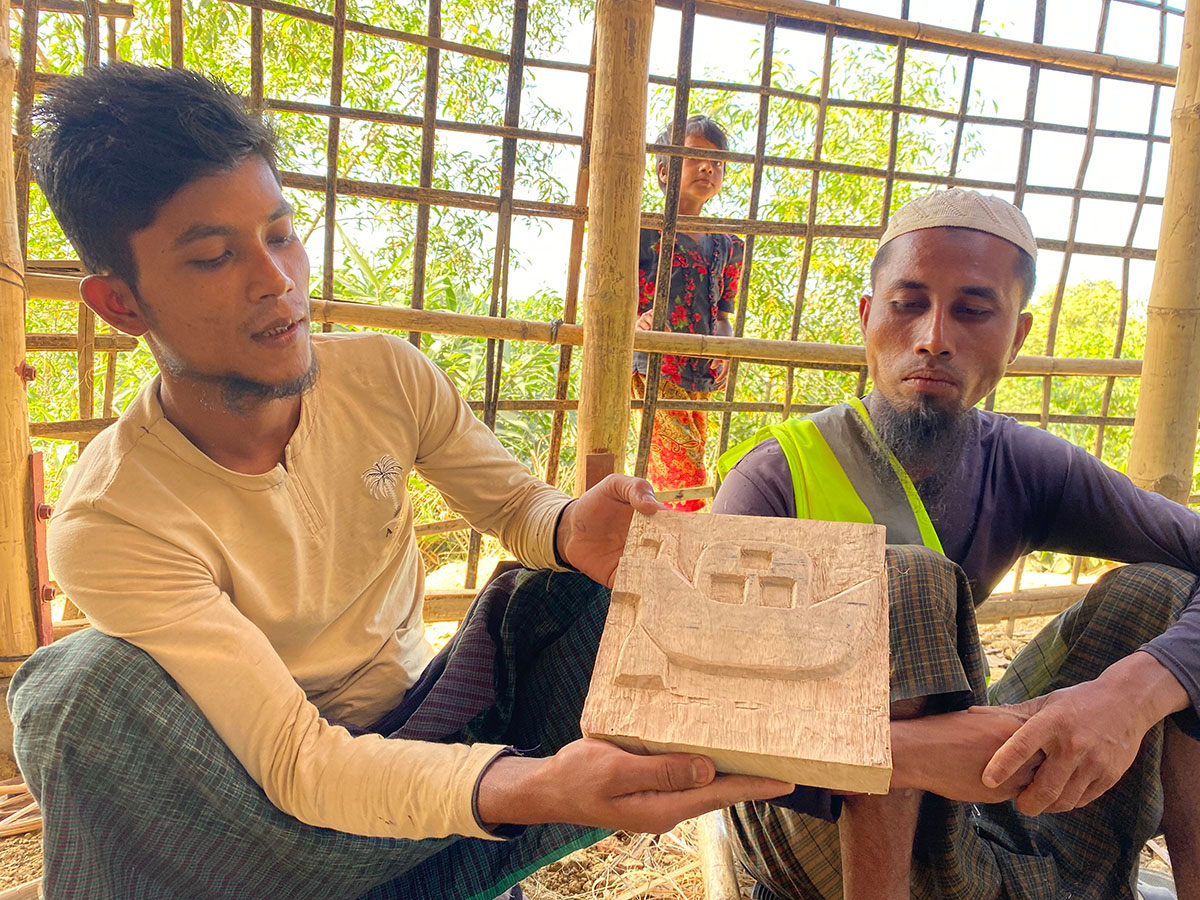
Gardening together worked as a critical connecting tool. Various plants were listed through discussions that serve multiple purposes. And these plants were collected and planted in four different courts within the structures. For the Household/kitchen garden, Kolkoitta Bor fata’, Horo fata’, Vaat fata/foni fata’, Dhanya morich, Dhei Haak, Tara Gachh (lemon tree), Jaillya/Kodu etc. were selected.
For the waterways, Kolmi Haak, Water lily. Fena (Kochuri pana, topa pana, khudi pana)etc. were suggested. And for the healing garden, Gorur roun, Asila/achila gachh, Boraduwa, Arbwa lota, Shushulil lota, Jermoni gachh, Bashuk fata’, Hani fata, Halamanik/halahuna etc. were listed as plants with medicinal benefits.
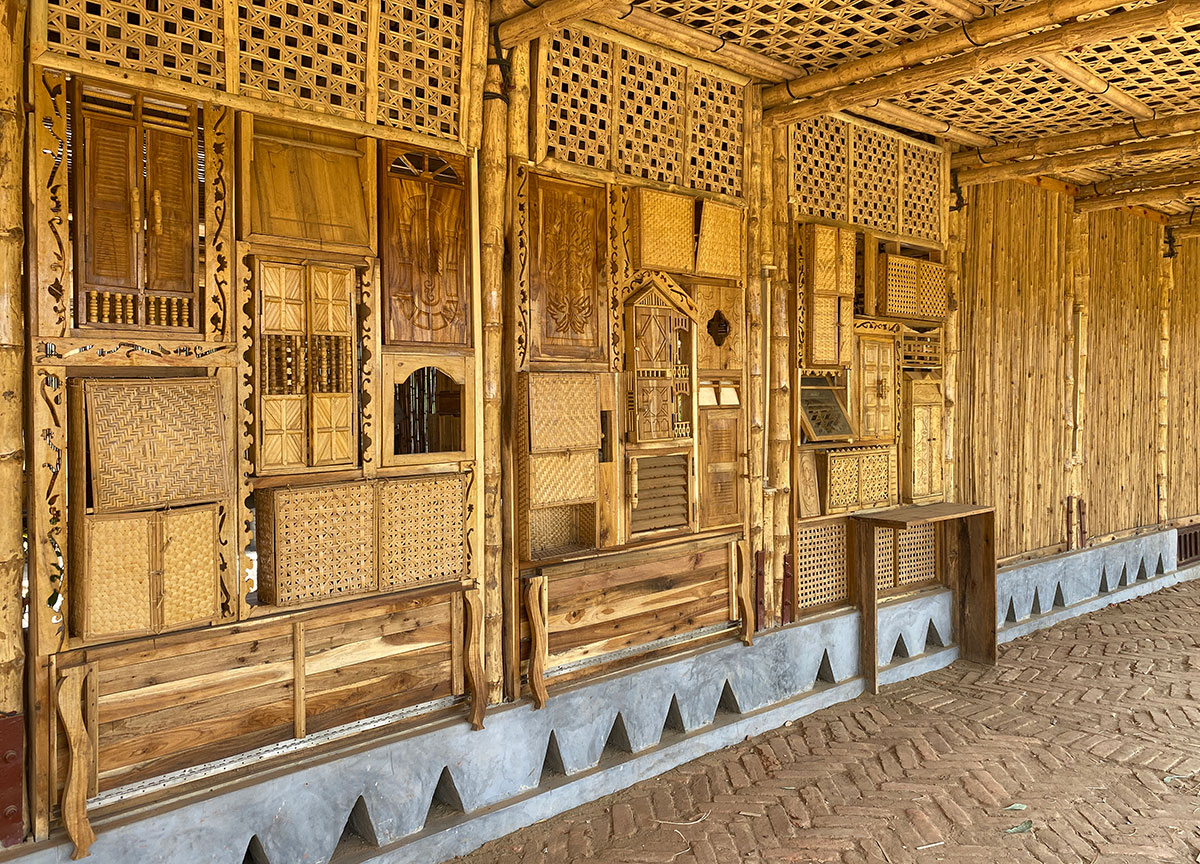
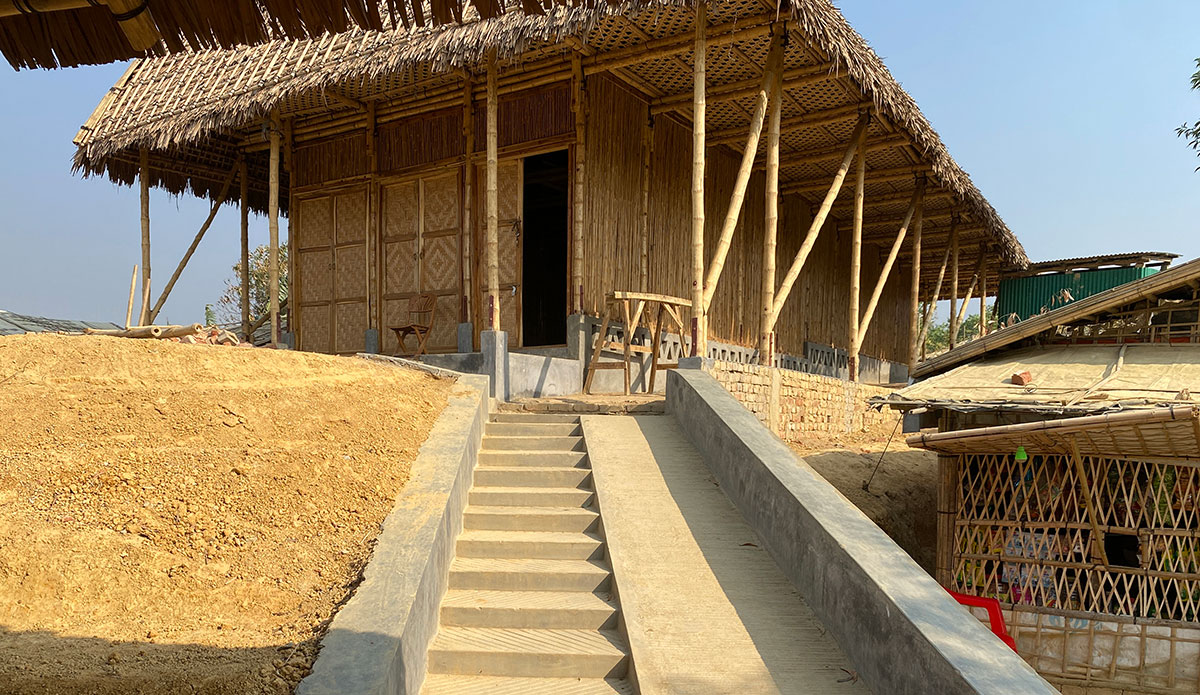
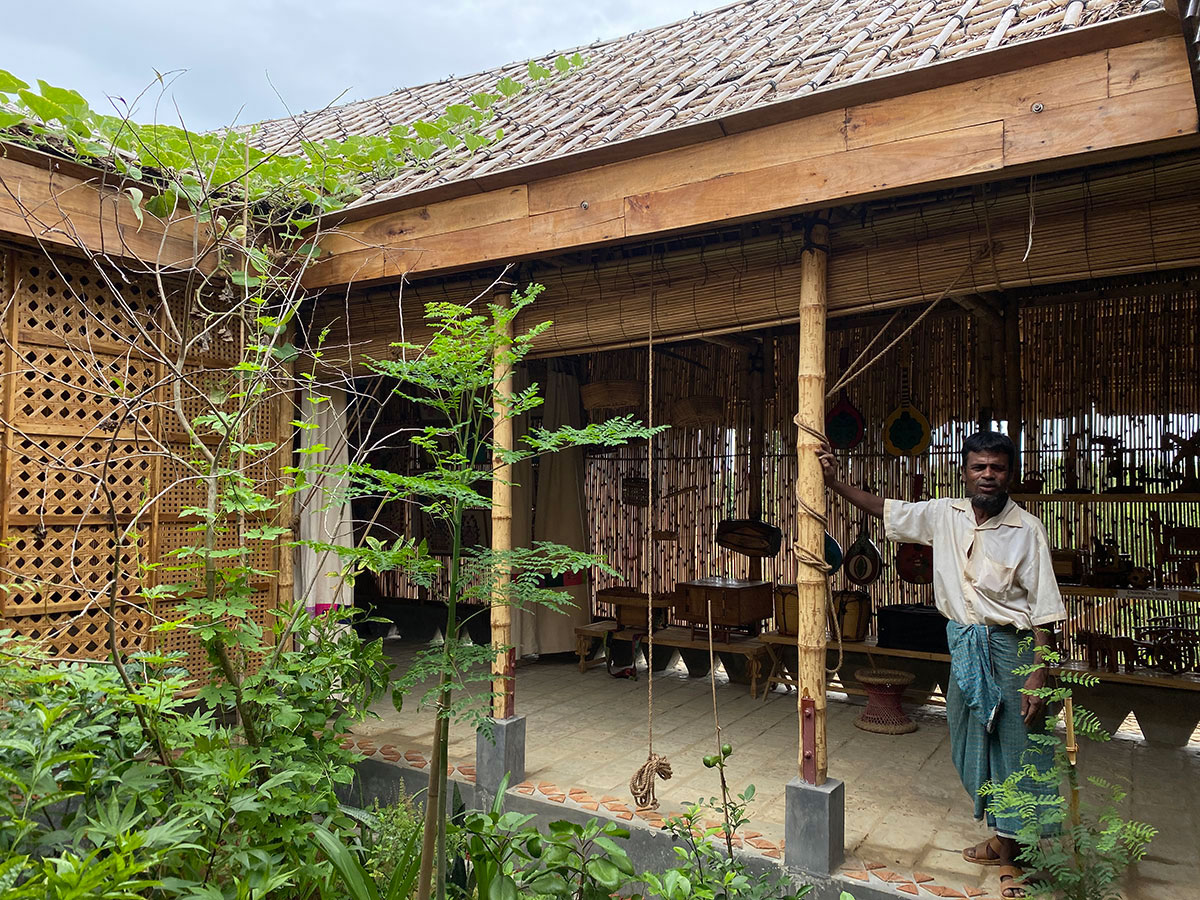
The centre is situated on a hilltop in the middle of the camp area. The construction ensured flexibility in creating a temporary scheme in the camp. Easily removable pre-cast columns, blocks for flooring, nut bolt joints etc., provides the flexibility of the building. The extended shades all around the structure ensure protection from heavy rain (vertical & horizontal) in this region. It also allows free movement and spaces around the main hall for the community and users, offering more engaging spaces.
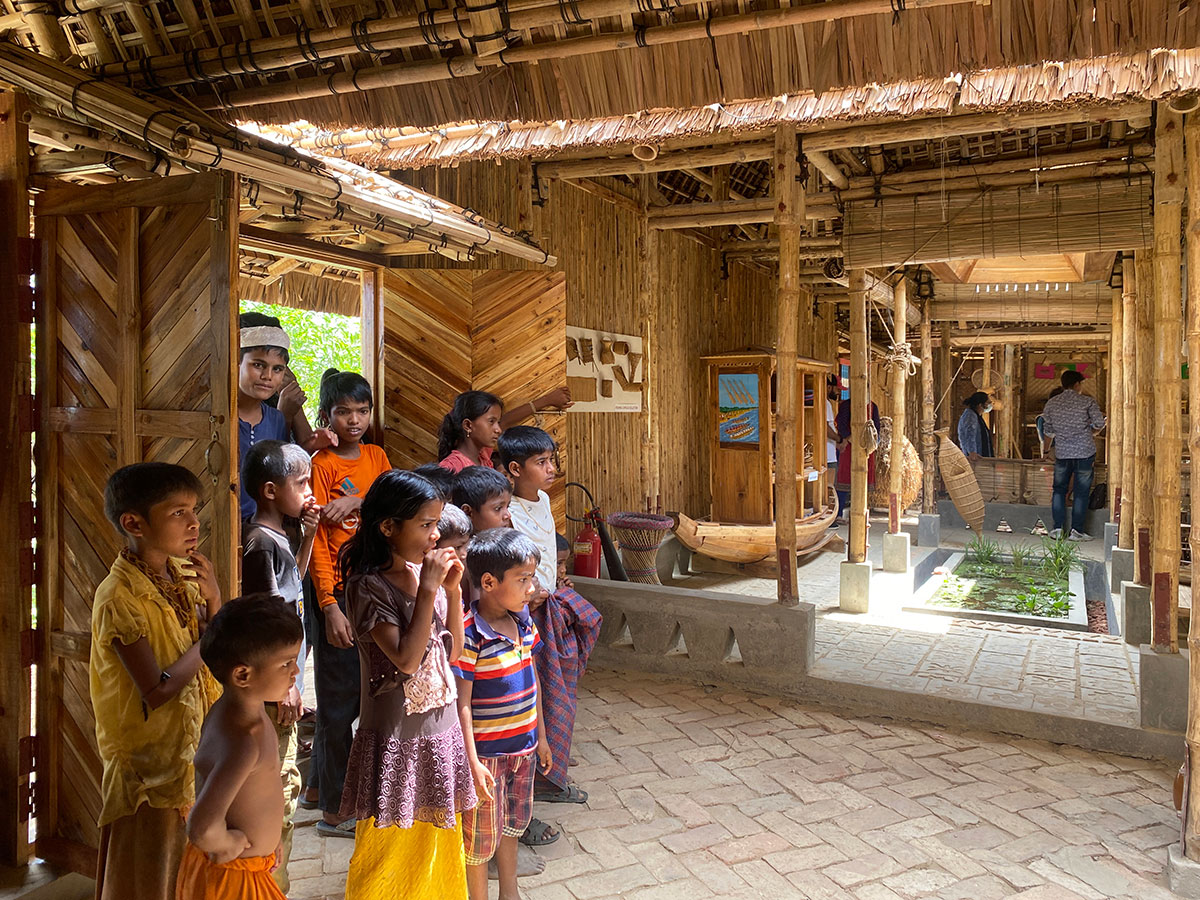
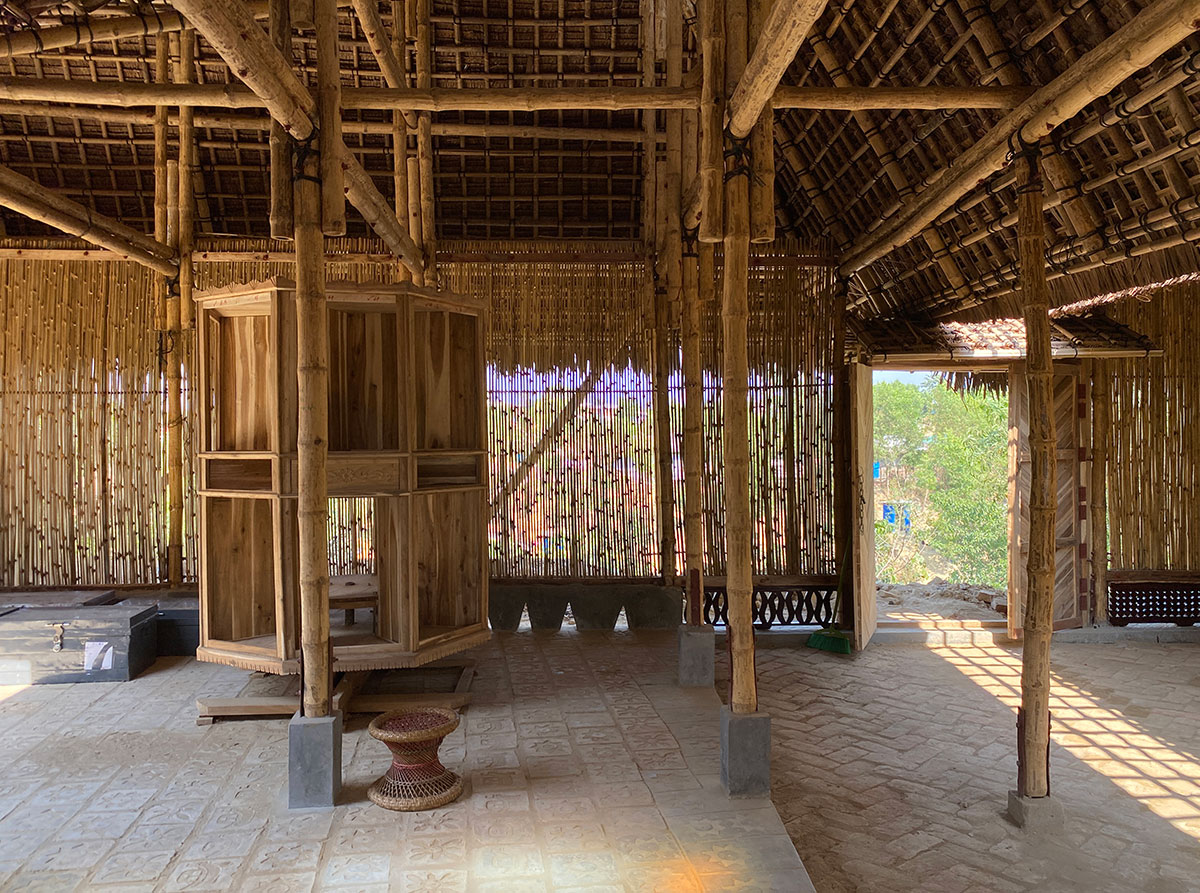

The four roofs are designed to catch and utilize rainwater if needed. They also create four courts inside that work as light sources for the display. These courts also offer a serene ambience that keeps the camp life outside. The strong bamboo screen that creates the hall is perforated to have the breathability of the space. It also ensures security but allows visible connection from outside. The centre’s planning ensured enough perforations in-between and within the halls, for rainwater to be absorbed by the hill soil. That will help the groundwater to be recharged continuously.
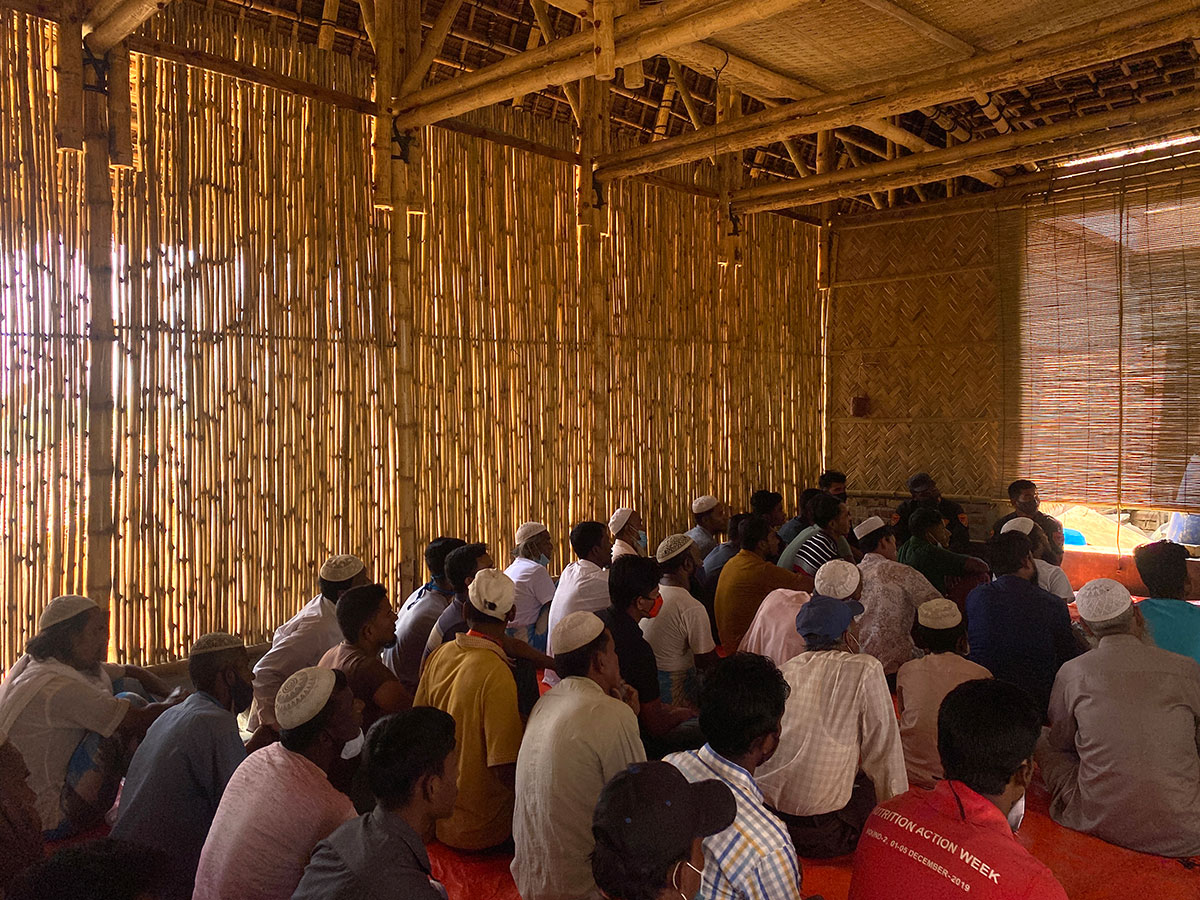
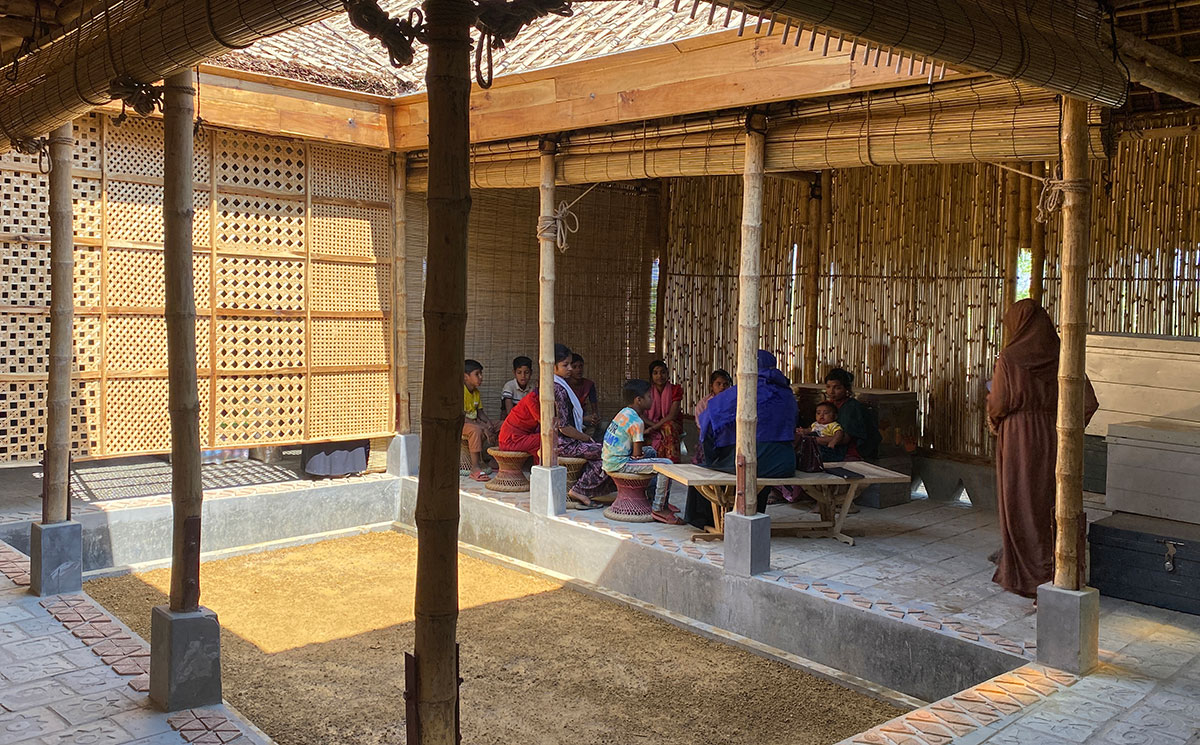
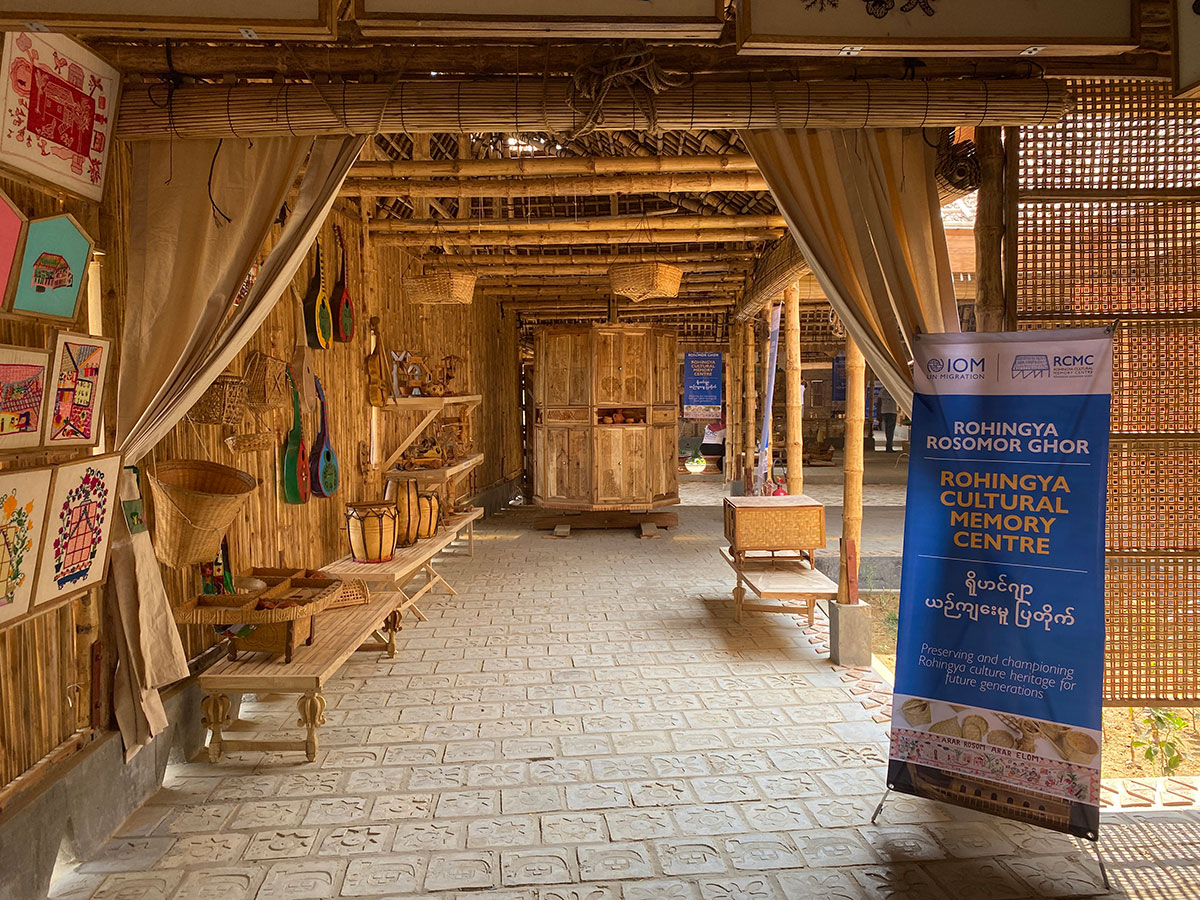
The making of RCMC has been an event collaborating materials, efforts and memories. To have a beautiful place to remember past and present. When there is a place like this, even in this temporary settlement, to practice the good, learn from each other, the right and wrong, it is a blessing for all of us to get engaged here.
